- Aurecon
-
Website
https://www.aurecongroup.com/ -
Social media
LinkedIn
Carbon pricing scenarios emerge as a crucial decarbonisation tool
By Ben Power, Aurecon Principal, Energy and Carbon Advisory, and James Turnbull, Aurecon Principal, Carbon Markets.
Carbon market analytics are now emerging as a central consideration for organisations making complex investment decisions on decarbonisation. Increasingly, businesses are now factoring in the cost of climate inaction, a trend that delivers real results for the environment.
Using carbon analytics, Company Boards have a defensible position on carbon risk and opportunity to inform large capital investment decisions. Carbon offsets and markets provide a de facto carbon price, which underpins the analysis of multiple decarbonisation pathways. The higher the carbon price, the greater the incentive for alternate investment in decarbonisation.
That’s quite a shift from a few years ago, when organisations that were interested in decarbonisation would typically plan their strategies around a marginal abatement cost (MAC) curve, that simply identified which decarbonisation projects would be the most cost-effective per unit of greenhouse gas abated.
While a marginal abatement cost curve is still a useful calculation, it is simply no longer enough to inform decision making. Rather, a more nuanced carbon price analysis is needed, which considers the possible carbon price across a range of scenarios on a multi-year horizon.
When working with organisations, Aurecon adopts a holistic approach that includes developing multiple price trajectories, tailored to an organisation’s business risk and emission activities.
When these scenarios are applied to decision-making on potential multi-billion-dollar projects or portfolios, they can provide game-changing insights.
Often, a previously overlooked commercial driver for smarter, faster decarbonisation can be revealed. Options that previously seemed the cheapest can suddenly look riskier once a range of carbon price trajectories are plugged in, because of the potential cost over the asset life of offsetting residual emissions.
And emissions reduction solutions that seemed too expensive to do any time soon can emerge as potentially the most desirable option, in part because outperforming peers might mean that your organisation is avoiding years of carbon cost that will be incurred by your competitors.
Emitters big and small – the clock is ticking
Closely examining the ramifications of different pricing scenarios is particularly crucial for companies that operate or invest in jurisdictions such as Australia, which now has mandatory emissions reduction requirements in place for large emitters that are covered by the federal Safeguard Mechanism.
In the case of Australia’s Safeguard Mechanism, ambitious early action can allow a company to earn credits that it can preserve for future use, or sell to provide an additional revenue stream, and pricing scenarios need to take these possibilities into account.
Although the Safeguard currently only covers sites emitting at least 100,000 tonnes of emissions per year, that threshold is widely expected to drop sometime in the next several years to circa 25,000 tonnes.
However, examining the ramifications of various pricing scenarios is also important for companies in jurisdictions where mandatory measures are not as rigorous or don’t yet exist, because they will increasingly face customer and social pressure if they fail to reduce net emissions, or fall short of their decarbonisation pledges.
The potential cost impact of these pressures needs to be considered in pricing scenarios. It’s no use just estimating the likely price curve of particular types of carbon units for the next decade or so, if the risk of your customers turning away from your products for climate change reasons constitutes a much higher potential cost to your business.
Still early days for carbon market conversations
Even when provided with carbon price advice, some organisations still struggle to work out how they should use carbon credits, and how to talk to investors and their customers about using them.
Boards will increasingly demand a comprehensive procurement and governance strategy, like other commodities, which would encompass market analysis, credit types and a procurement process to secure a portfolio that meets defined price, volume, and integrity requirements.
A public carbon credits policy that describes how these are used within a broader transition plan will help to assure investors and customers. The policy should also cover the screening and integrity checks for carbon credit purchasing decisions.
A carbon credits policy nested within a transition plan isn’t just important for investors and customers. Government agencies with a regulatory role on carbon emissions, or that provide finance for abatement projects, will also value detailed information on the role of carbon credits in the business.
Carbon credits – hitting the accelerator on decarbonisation
Used the right way, carbon credit markets help to spur businesses onwards, by bringing into focus what is truly in their commercial interest. A well-developed carbon pricing application explores the real carbon costs of inaction. If a business can see a clear carbon liability on its books in the form of the cost of acquiring credits over multiple years, there is an important, easily understood incentive to cut emissions.
It’s no surprise that a recent research study looking at the emissions performance of more than 4,000 companies found that material users of carbon credits are decarbonising their businesses twice as fast as those that don’t use carbon credits.
Leading organisations recognise that participating in carbon markets is a central tool to contribute to the global task of solving the climate crisis, while simultaneously ensuring the longevity and success of their activities.
For that reason, carbon market analytics are a crucial adjunct to the technical, engineering and planning advice that Aurecon provides to organisations, as they search for their own unique path to net-zero.

